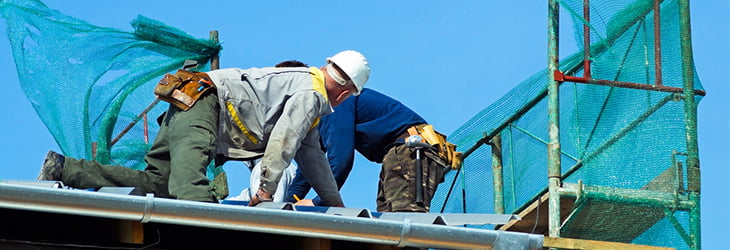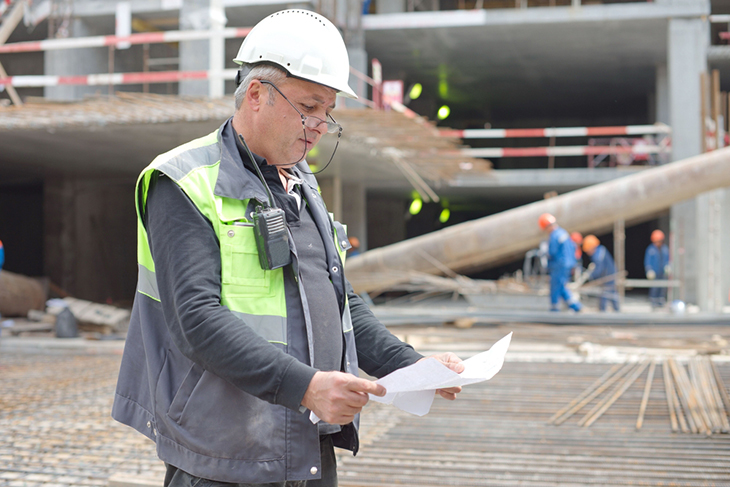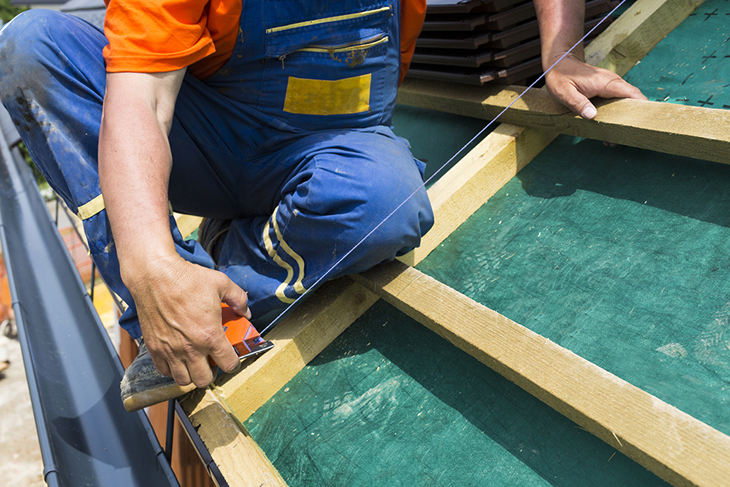Everything you need to know about roof access
03/07/2015

Working on a roof can put you at risk of slips or falls – which both account for a huge number of deaths and serious injuries in the construction business. In fact, roofers make up nearly a quarter of all workers killed in falls from a height at work, according to the HSE. Being vigilant and taking the right safety precautions is key. In today’s blog, we’re going to be talking about proper roof access and safety mechanisms you should have in place – to keep you safe and secure while at work.
Carry out a risk assessment

Whenever you attempt roof work you must carry out a risk assessment – however simple the job may seem. Just some of the things you will need to think about include:
- The equipment you’re going to use. Make sure you have a proper roofing ladder accessible.
- The procedure for the day. Make sure you have a clear procedure in mind and that everyone on the job is clear about your plans and how it might involve them.
- If necessary, you may need to factor in supervision depending on how experienced the tradesperson is.
Ensure safe access
Getting up and down from the roof brings a huge number of potential risk factors. If you’re using ladders that are secured to the wall, make sure they’re firmly secured before use. Also remember to check for loose fittings and ensure that if there are any, you use another more suitable ladder.
Create a safe working environment

Once you’ve made it up onto a roof you need to make sure the environment is safe to work from. The areas you should consider include:
- Ladder access – So you may have made your way up the ladder safely, but to ensure safe access railings should be installed either side of the ladder for proper roof access.
- Roof hatches – make sure these are a safe distance from the leading edge.
- Parapet walls – these should be at least 950mm high to provide proper protection against falls.
- The landscape of the roof – As part of your risk assessment you should check that there’s a walkway to prevent workers tripping over seams, crowns or valleys. You’ll also need to check how fragile the space is and warden off any areas that may give way under pressure.
For further information and advice on working at height, why not attend a safety training course? There’s a range of courses to suit most requirements over on our safety services website.
You can also take a look at the roof ladders that we have available to buy, built with safety in mind, which are on our website. These include:
- The Lyte aluminum single section roof ladder
- The Lyte aluminum double roof ladder
- The Abru folding roof ladder
To find out more about any of the products mentioned above, or to learn more about our safety training course offerings, browse our website. Alternatively you can call and speak to one of our experts on 01282 615517.

